![]()

Legacy Mine Maps in NSW are Top Secret
For the last 4 months we have been trying to gain access current legacy mine maps that are beneath our property and those under the footpath/Maitland Road. We want to use these maps to better explain the subsidence damage, water flows and to work on solutions. Subsidence Advisory said they were unable to give us the maps and directed us to the Planning Portal; https://www.planningportal.nsw.gov.au/spatialviewer/ You can type in your address and check information such as whether you are in a mining district or if your property has been undermined. Subsidence Advisory knows that this link does not help us, ...
Read More
Read More
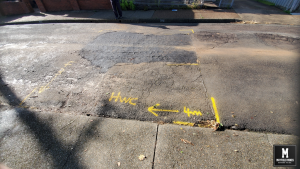
Omara Street Mayfield – 30 Repairs and Counting…
We have taken a short walk opposite our building on Omara Street Mayfield. It shows a tremendous amount of asset/road repairs along the street. Checking historic evidence, it shows that many of the Hunter Water services have been repaired many times over the years. Right now, it shows another repair service handled by Hunter Water. Mayfield is in a high mine subsidence district. Hunter Water and Newcastle Council assets are continuously breaking with water then flowing into the legacy mines which them flows into our properties. There is extensive evidence (historic) about multiple problems in this area. Both Hunter Water ...
Read More
Read More
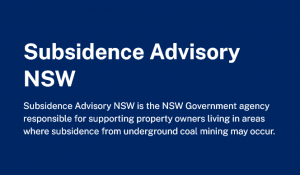
Subsidence Advisory NSW Still Not Willing to Meet With Us – 4 Months and waiting….
Its now been nearly 4 months since the request to Subsidence Advisory NSW to meet with us. We have requested; – information about the mines beneath our properties and on Maitland Road Subsidence Advisory NSW outcome = told us to contact NSW Resource Regulator to request the information – information on the work they have done together with other government agencies in reference to our properties Subsidence Advisory NSW outcome = continue to keep silent – request to meet with senior Subsidence Advisory manager Subsidence Advisory NSW outcome = after many months of chasing, their last response is “We acknowledge ...
Read More
Read More
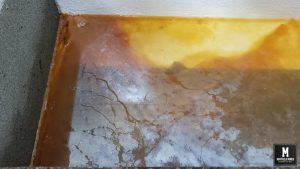
New Water Flows into Our Building
Recently we had mine water coming into our electronics workshop at 44 Maitland Road nearest to our car park, effectively closing the last working space for electronic repairs. We talked with Hunter Water workers who were taking water out of the hydrant and mentioned there was little water pressure. This Hydrant runs through our carpark. In recent times, our brick steps, footings, wall, and older clay water pipes all broke due to mine subsidence damage in our carpark. This should be about 1 metre away from our broken assets. We have lodged an investigation with Hunter Water who after few ...
Read More
Read More
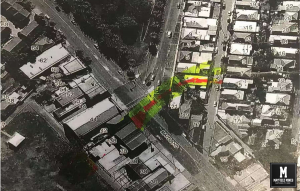
Tarin Street Mine is the Water Source?
We take up the story in January 2015 where water is streaming inside our warehouse from under Maitland Road, Mayfield. At this time we don’t fully understand where the water is coming from but the intensity has increased and flowing from a number of locations out of the soil wall. One submersible pump is not enough to remove the water, so we installed 2 pumps. In this video water is not only coming from multiple locations to the left, but also from the centre of the soil wall, and, from the right of the soil wall. We contact Newcastle Council, ...
Read More
Read More
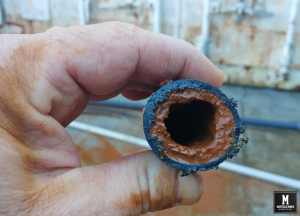
Daily Maintenance to Keep Doors Open
Whilst our 38 Maitland Road Mayfield property is completely out of action, we still need to handle daily maintenance on this building as well as at the other buildings. This includes daily jobs such as mopping up excess water, cleaning pipes/pumps or solving subsidence issues – when door jams no longer can open/close properly, we are continuously adjusting hinges, door jams, and door locks in order to keep the office open. In today’s photos we are showing the cleaning of the submersible pumps and hoses. If we do not handle this work, water immediately fills the properties with brown sludge ...
Read More
Read More
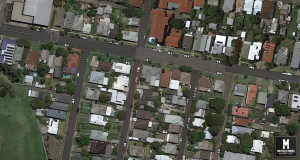
Take A Closer Look – Road Repairs
Its hard enough to have Newcastle Council repair a pothole. So how do you explain rows and rows of streets being repaired in our area? If we had an open and transparent mine subsidence authority and related government agencies, we could quickly cross correlate data showing public assets (stormwater, sewer, drinking water, data cables, etc..) and how the legacy mines are impacting on these services. What is Newcastle’s pro-active mine subsidence policies for the old abandoned mine network – or, do we wait for damage first, then repair, then wait for the damage to return, then repair again….? Mine Subsidence ...
Read More
Read More
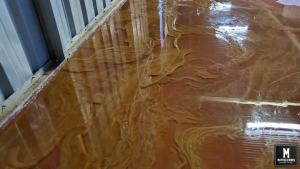
Mine Water Undermining Warehouse
Mine water from abandoned mines is destroying our buildings. Mine water is flowing permanently from abandoned mine workings that are located under the footpath and Maitland Road. The mine water runs into catchment pits we have created, and then this water is pumped into the drains. The mine water you see in this video is water we cannot catch and is sitting under the concrete slab and “seeping” out of the expansion joints. We have 8 locations the mine water is running into our warehouse property ...
Read More
Read More
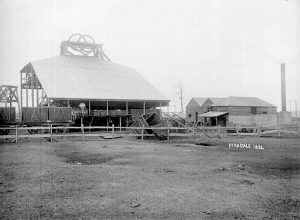
Mining Techniques in the 1800s
Below is an extract from the Royal Commission in 1886 where the commissioners chatted with the manager of Ferndale Colliery; 65. You have worked the coal under the Maitland Road, I believe? Yes. 66.. What depth is the coal from the surface under that road? It is about 1.5 feet from the surface down to the roof of the coal. 67. Of what rock is the roof composed ? Soft past. 68. And to the south -west of the Maitland Road, what is the depth of the coal ? It crops out just beyond the Maitland Road. 69. In that ...
Read More
Read More
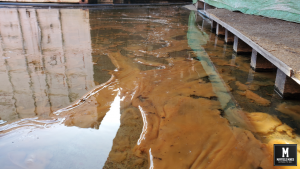
Mine Water from Abandoned Mine Workings
Permanently flowing from under Maitland Road Mayfield we have mine water coming from abandoned mine workings. Mine Subsidence Authority suggests the water is coming from old mine workings that were abandoned in the 1800s. Over the last years, the mine water in these abandoned mines has spread from one building, to now affecting all 3 buildings. It has also spread to our neighbours properties as well as Myola Street and Litchfield Park. abandoned mine water mine water 38 Maitland Road Mayfield warehouse mine water 38 Maitland Road Mayfield Carpark mine water 38 Maitland Road Mayfield Carpark mine water 38 Maitland ...
Read More
Read More